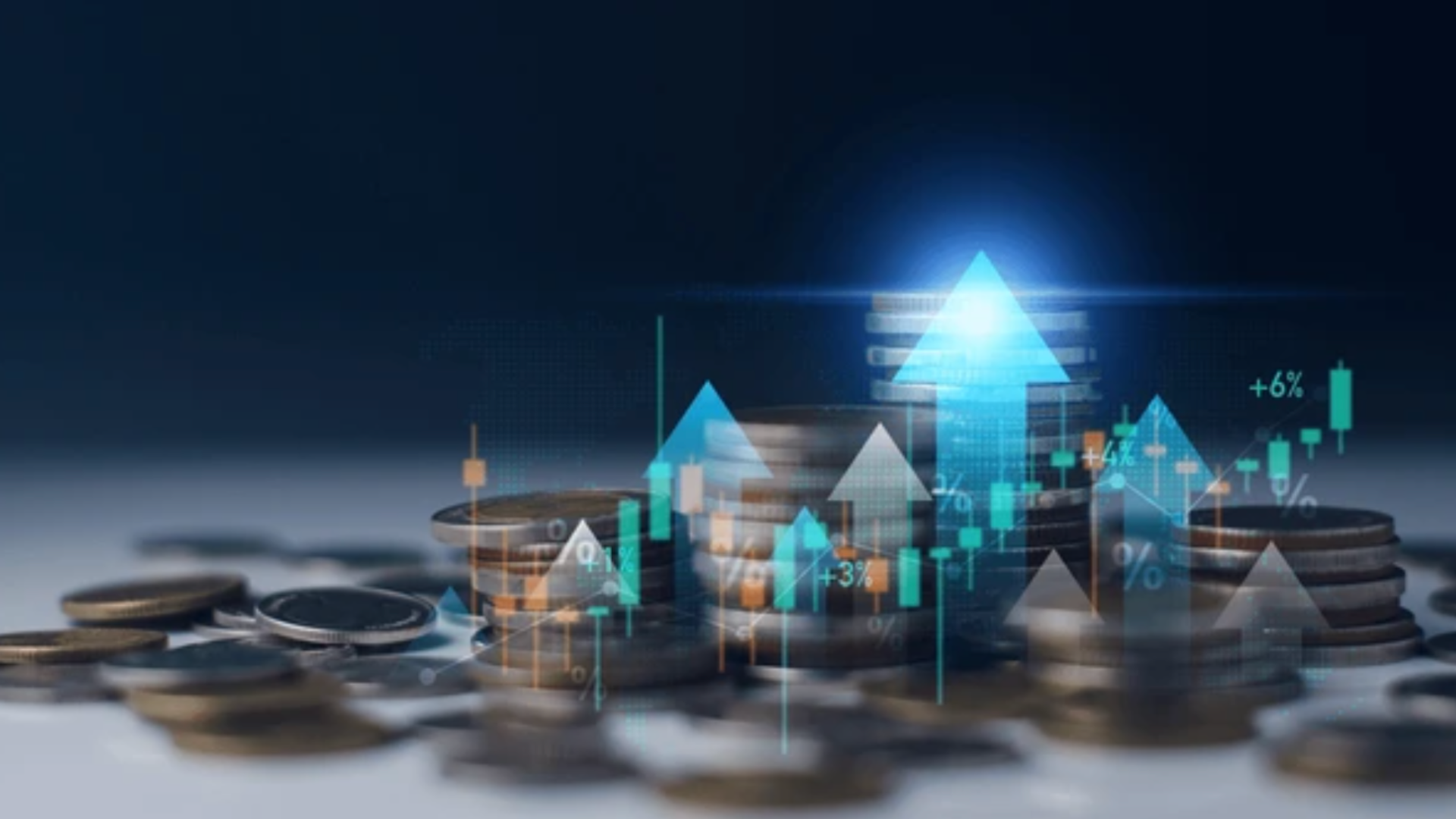Mispricing Stagflation: What Markets Got Wrong About Trump 2.0
Macro Insights
QuantCube’s latest insights into the US economic outlook
Summary
The 2024 US presidential election proved a macroeconomic inflection point. Investors rushed to price in ever-stronger US exceptionalism – a firmer dollar, rising real rates, and a pro-cyclical growth narrative fuelled by fiscal expansion and deregulation.
Yet just weeks after the November victory euphoria, the narrative cracked. Announcements of protectionist measures, DOGE, and geopolitical flashpoints – most notably at the Munich conference – drove inflation expectations sharply higher, even as growth signals faded. Investors began diversifying out of dollar assets, and by “Liberation Day”, markets had decisively shifted into a stagflationary mindset.
The problem? That bet didn’t pay off. Our real-time data shows the prevailing macro regime was not stagflation, but a “heating up” environment - and that subtle difference made all the difference for returns.
From Exceptionalism to Fear: Two Phases, Two Narratives
The post-election period splits clearly into two phases as illustrated in Exhibit 1. The first, from early November to Inauguration Day in January, was dominated by optimism: Inflation-adjusted yields on 5-year U.S. government bonds climbed above 2% - their highest in years - dollar assets outperformed, and pricing across markets reflected confidence in stronger long-term growth with only a modest rise in inflation.
The second phase, triggered by Inauguration Day announcements, reversed that optimism. Markets began to price in policy inconsistency, higher tariffs, and deglobalisation risks. Short-term inflation expectations jumped –1-year inflation swap rates rose by a full percentage point – while inflation-adjusted bond yields dropped by half a percentage point. A stagflationary narrative took hold, reinforced by recent signs of a softening labour market and flat consumer spending.
Yet despite the shift in narrative, our real-time indicators show that underlying macro conditions never fully matched the stagflation story.
Alternative Data Says: This Was Not a Stagflation Regime
QuantCube’s Economic Regime Allocator classifies macro conditions into four environments – Goldilocks, Slow Growth, Stagflation, and Heating Up – using real-time nowcasts of US inflation and GDP growth in both the US and China.
Despite rising inflation expectations and cautious consensus forecasts, our real-time indicators consistently leaned toward a “heating up” regime throughout most of the post-election period. On 152 of the 188 trading days since the election, our leading indicators signalled positive momentum – whereas a stagflation regime would have implied slowing activity alongside elevated inflation.
This disconnect between market perception and real-time macro reality had tangible portfolio performance consequences, as Exhibit 2 illustrates. The asset basket associated with a stagflationary environment – defensive equities, inflation-linked bonds, and commodities – underperformed significantly, delivering a -4.3% cumulative return over the period. In contrast, the “heating up” basket - tilted toward cyclicals and other risk-on assets - gained +15.1%, comfortably outperforming even the S&P 500’s +11.3% price return.
Mispricing Macro: Why the Market Got It Wrong
Several factors explain the gap between investor positioning and actual macro conditions.
First, while US domestic activity did soften early in the year, demand for imported goods remained strong ahead of tariff implementation. This front-loading boosted Chinese exports and temporarily lifted global momentum through much of H1. It was only towards the end of Q2 that simultaneous slowdowns in both the US and China began to weigh meaningfully on growth prospects.
Second, inflation stayed muted for most of the period. Contrary to expectations, the US experienced disinflation in H1. Tariff-related price pressures were delayed by supply chain lags and inventory buffers, with only the first signs of pass-through emerging in CPI data from June onward.
In short, the first half of 2025 was defined more by growth resilience than by stagflation. Risk-on strategies tied to positive momentum clearly outperformed. The market priced stagflation on a basis of forward-looking policy fears - our indicators captured the reality on the ground.
Timing the Turn: Rotation Matters More Than Regime
While the broader narrative may still tilt toward stagflation as tariff impacts fully feed through and fiscal tightening bites in H2, the post-election period favoured a dynamic, adaptive macro strategy – one that followed real-time signals rather than reacting to headlines.
This is reflected in the performance of our Macro Economic Allocator strategy, which systematically rotates exposure across regime baskets based on daily nowcast updates. As Exhibit 3 illustrates, our strategy returned +22.8% over the period – outperforming both the S&P 500 and all static regime baskets. The takeaway: in a market where geopolitical headlines often outpace economic fundamentals, macro agility provides a decisive edge.
Conclusion: When Narrative and Reality Diverge
The Trump 2.0 policy mix has undoubtedly altered the macro landscape. Yet the most profitable strategy in the aftermath of the election was not to bet on stagflation, but to track what the real economy was doing in real time – and adjust accordingly.
Our indicators show that while inflation risks rose, growth momentum remained stronger than feared. In this environment, reactive positioning underperformed, and macro strategies grounded in alternative, high-frequency data had a clear edge.
The post-election period has been a live case study in the value of real-time macro monitoring. As policy uncertainty persists, so too does the premium on accurate, forward-looking nowcasting.




